Search
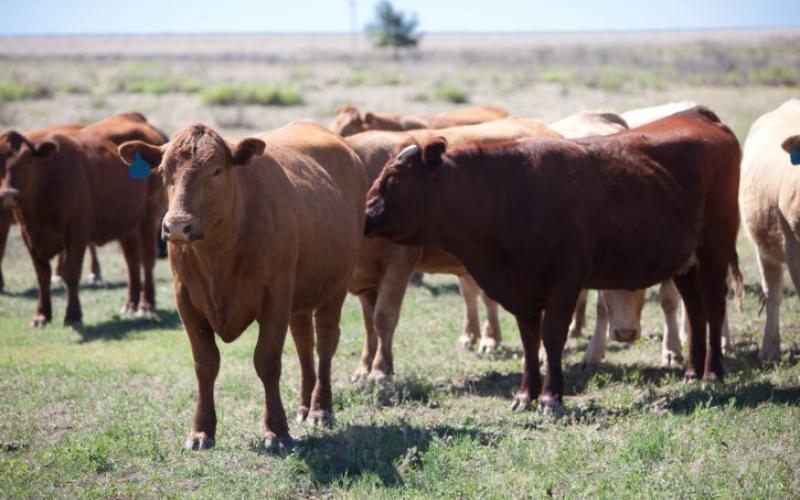
Importance of Pregnancy Detection During a Dry Year
With weaning wrapping up, pregnant cows should be identified and turned back out to pasture or crop residue. By removing open or even late cows from the herd, valuable feed resources are saved if drought conditions continue.
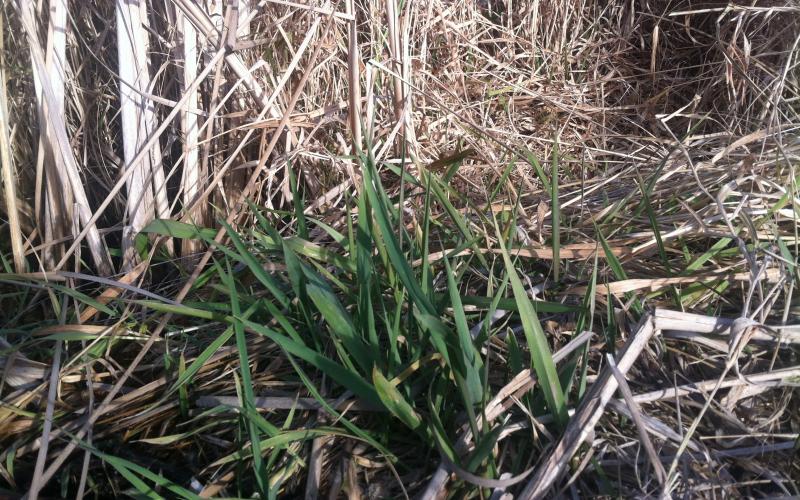
Reed Canary Grass: Possible Prussic Acid & Alkaloid Issues
Prussic acid issues with reed canary grass are poorly understood and may go unrecognized if they occur. This article addresses a little-known but interesting aspect of the biology of reed canary grass.
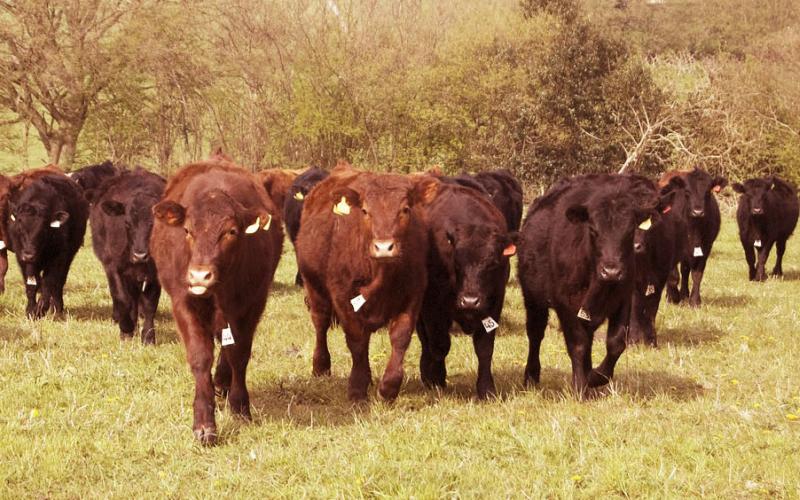
Early Weaning: Impact on Replacement Heifers
Early weaning calves is a common practice for managing through a drought. However, how does early weaning affect the heifers meant for replacements?
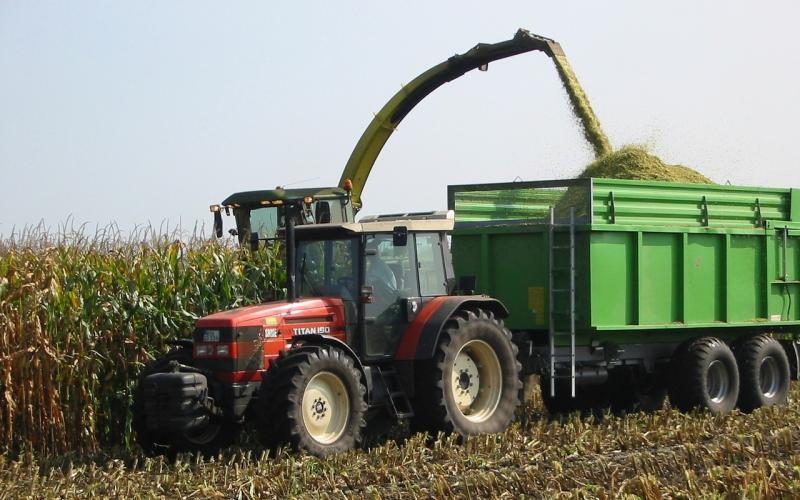
Silage: Minimizing Losses and Maximizing Value
Optimizing silage value starts by harvesting at the right moisture content.

Making Use of “Ugly” Feeds
Feed does not have to be perfect to be useful. The key to making smart feeding decisions is knowing what the imperfections are and adjusting accordingly.
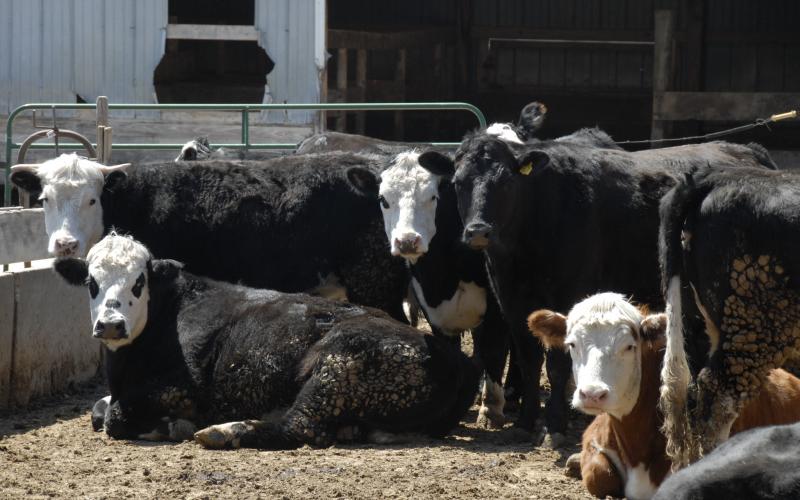
Liver Abscesses: The Unseen Profit Thief
Liver abscesses are a great example of an important value robber in feedlot cattle that’s not immediately apparent.

Cow Mineral Nutrition: Trace Minerals and Managing Interactions
Mineral nutrition is vital to overall cow performance. Without appropriate balance of minerals, cows may not perform as desired or could exhibit detrimental effects. There are six trace minerals of significant importance in a cow’s diet.
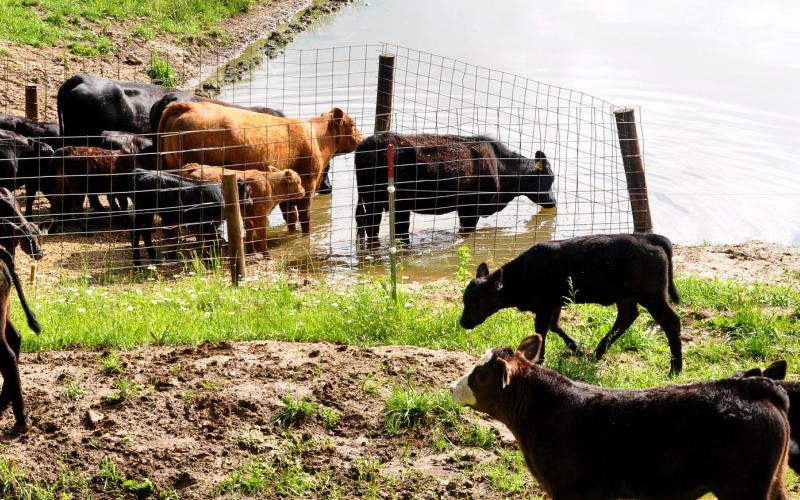
Low-Stress Weaning
Low-stress weaning methods, such as fenceline weaning and two-step weaning, can reduce calf stress and potentially improve health and performance.
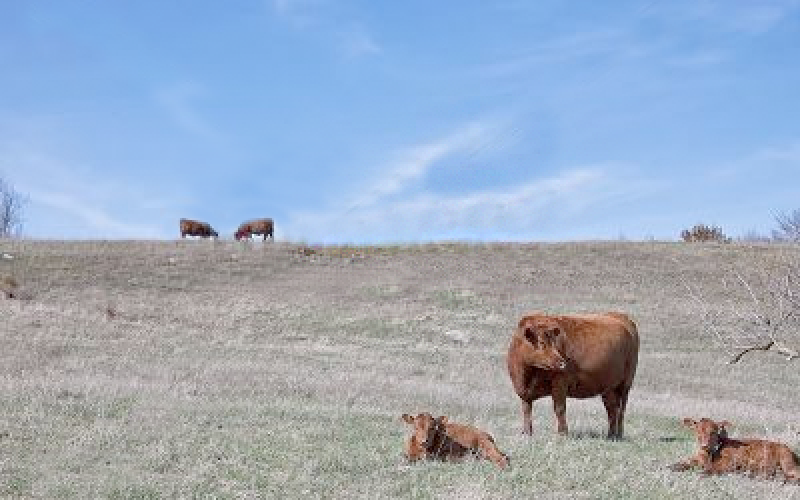
Grass Tetany: Now Is the Time To Prepare
Grass tetany is a metabolic disorder associated with grazing lush, rapidly growing pastures. Learn the factors that influence its progression along with tips for preventing and managing it in herds.

Johne’s Disease Management: Preventing Manure Contact is Key
The key to decreasing Johne’s Disease transmission is preventing young stock from coming in contact with manure from potentially infected animals.